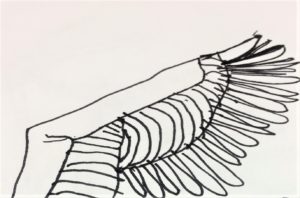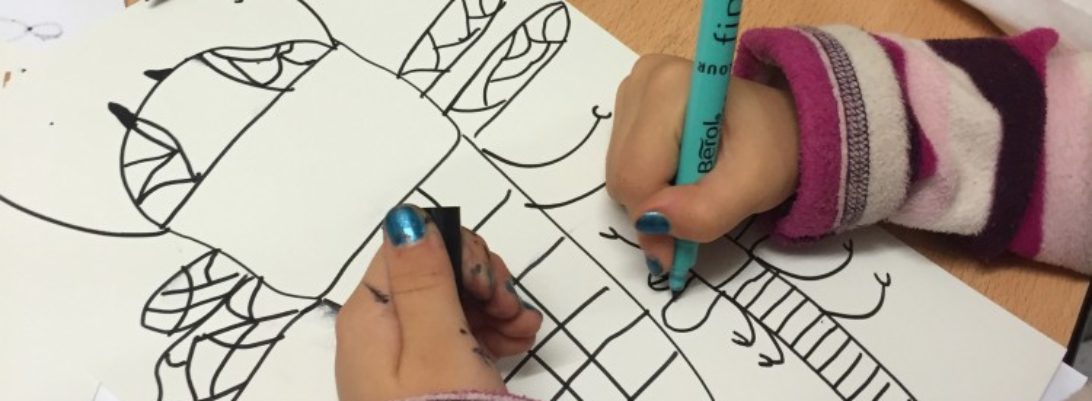1. It’s this generation of children who are the hope, and they need to be properly trained to use their gifts to be the solution.
2. “Good behavior” never comes from shame but from falling in love with life.
3. A Living Catalogue will teach us to see and notice what’s alive in our inner worlds and to become compassionate stewards.
4. Each child has an authentic line, an individual voice, and preferences of seeing that will bring out their gifts for us, gracing us with their uniqueness.The Field Guide to the World will encourage personal expression while contributing to a better awareness of the natural world.
5. Good supplies matter and should be available to more than just the qualified only.
6. Art, science, and technology work as powerful portals for solutions when allowed to intermingle. A child’s imagination is sensitive to attach itself to early influences. If violence is the most readily available influence, the child will study violence. Nature is capable of providing intrigue and fascination to fuel even the hungriest imagination. Game developers need to consider this as they move forward in developing exciting games for children. Parents are hard-pressed to provide balanced, creative yet “innocent” options for their children. It’s hard to compete with the excitement that violence provides.
7. Researching “beyond google” is a skill that can turn a regular fourth grader into a force of nature. My husband has opened many young eyes to curiosities not readily available, and the librarians we have worked with have revealed tricks of the trade to many young detectives.
8. It’s about time that we listen to the indigenous voices of our lands. We’d like to use the Field Guide to the World to help children of our First Nations to teach us the living things and their attributes. We’d like to see the art and the story of life through the eyes of the children with the help and the wisdom of the elders.
9. We’d like children’s art and stories to be made available in trading cards and art prints to help pay for the cost of art supplies and teachers fees. I want to keep one of every trading card in my treasure box collection.
10. We want this next generation of Young Naturalists to start now.



